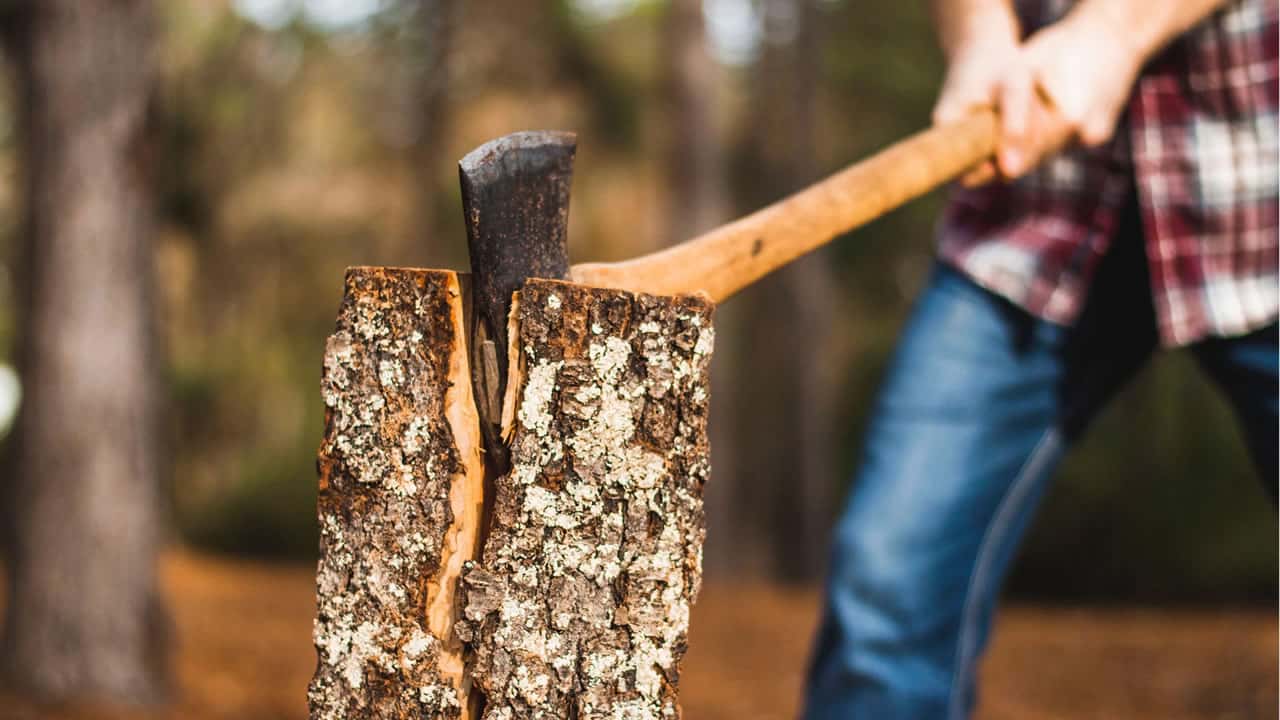
Chopping wood is a fundamental skill, whether for a seasoned lumberjack, a homeowner managing their firewood supply, or an outdoor enthusiast preparing a campsite. The key to efficient and safe wood chopping lies in using the right tool – the chopping axe. This comprehensive guide will provide you with all the information you need to know about chopping axes.
Chopping axes are designed for cutting through wood fibers, making them ideal for felling trees, chopping firewood, and clearing brush. Unlike splitting axes, which are used to split wood along its grain, chopping axes are crafted to cut across the grain.
When selecting a chopping axe, consider:
Proper maintenance is essential for the performance and longevity of your axe.
As you become more skilled, you can explore advanced chopping techniques like the V-cut for felling trees or precise chopping methods for creating specific wood shapes.
In a survival situation, a chopping axe can be invaluable for building shelter, obtaining firewood, and even self-defense.
Responsible wood chopping involves understanding and respecting the environment. Be mindful of sustainable practices and local regulations, especially when chopping in wild or protected areas.
A chopping axe is a vital tool for anyone who works with wood or spends time outdoors. Choosing the right axe for your needs and using it safely and effectively can transform the laborious task of chopping wood into a satisfying and productive experience. Whether you’re preparing firewood for the winter, clearing land, or setting up a campsite, mastering the use of a chopping axe is a skill that pays dividends in self-sufficiency, fitness, and connection to the natural world. Remember, the best chopping axe is one that feels right in your hands and suits your specific requirements, so choose wisely, maintain it well, and chop responsibly.
Axes are tools that have been a vital part of human civilization for thousands of years. Whether used for chopping…
Axes have long held a place in our collective imagination, symbolizing strength, survival, and sometimes even terror. From ancient legends…
Bushcraft axes are a fundamental tool for survival and outdoor enthusiasts. These axes are not just tools for wood chopping…
In the realm of wilderness survival skills, an axe is one of the most versatile tools you can have at…
For anyone involved in wood cutting, whether as a professional or a hobbyist, choosing the right axe is crucial. Axes…
Felling axes have been a vital tool for woodsmen, outdoors enthusiasts, and survivalists for centuries. These axes are specifically designed…